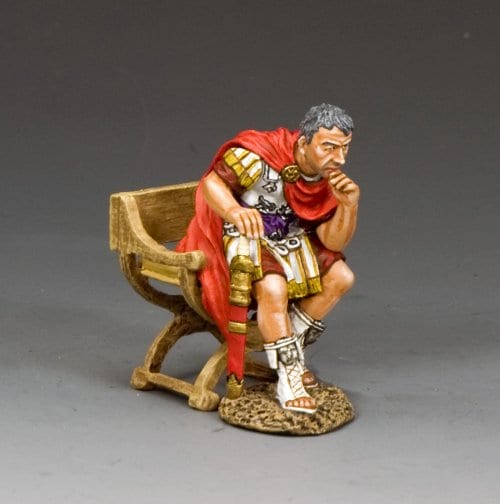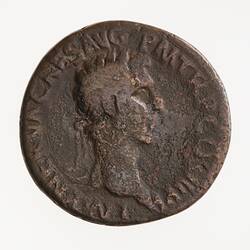
157–141 BC), were used exclusively in later records and historical texts when referring to emperors who reigned during the Tang (618–907 AD), Song (960–1279 AD), and Yuan (1271–1368 AD) dynasties. Temple names, first used during the reign of Emperor Jing of Han ( r. Posthumous, temple, and era names įrom the Shang to Sui (581–618 AD) dynasties, Chinese rulers (both kings and emperors) were referred to by their posthumous names in records and historical texts. This title was used by each successive ruler of China until the fall of the Qing dynasty in 1911. The new title of emperor was created by combining the titles for the Three Sovereigns ( Sanhuang) and Five Emperors ( Wudi) from Chinese mythology. To elevate himself above the Shang and Zhou kings of old, he accepted the new title of emperor (皇帝 huangdi) and is known to posterity as the First Emperor of Qin ( Qin Shi Huang). By 221 BC, the King of Qin, Ying Zheng, conquered and united all the Warring States of ancient China. By the time of the Zhou dynasty, they were also referred to as Sons of Heaven (天子 Tianzi). 1050 – 256 BC) dynasties were referred to as kings (王 wang). In ancient China, the rulers of the Shang (c. Ī gilded bronze handle (with traces of red pigment) in the shape of a dragon's head, made during the Eastern Han depending on circumstance, the dragon could be a symbol of either good or bad omen for the Han emperors. He also functioned as a lawgiver, the highest court judge, commander-in-chief of the armed forces, and high priest of the state-sponsored religious cults.


He appointed all of the highest-ranking officials in central, provincial, commandery, and county administrations. The emperor was the supreme head of government. On 11 December 220, Cao's son Pi usurped the throne as Emperor Wen of Wei ( r. 189–220 AD), was a puppet monarch of Chancellor Cao Cao (155–220 AD), who dominated the court and was made King of Wei. 25–57 AD) or Guangwu Di, who claimed the throne on 5 August 25 AD. The Han dynasty was reestablished by Liu Xiu, known posthumously as Emperor Guangwu (r. The dynasty was briefly interrupted by the Xin dynasty of the former regent Wang Mang, but he was killed during a rebellion on 6 October 23 AD. 141–87 BC), or Wudi, who reigned for 54 years. The longest reigning emperor of the dynasty was Emperor Wu ( r. The Han dynasty was founded by the peasant rebel leader (Liu Bang), known posthumously as Emperor Gao ( r. The era is conventionally divided between the Western Han (202 BC – 9 AD) and Eastern Han (25–220 AD) periods. The emperors of the Han dynasty were the supreme heads of government during the second imperial dynasty of China the Han dynasty (202 BC – 220 AD) followed the Qin dynasty (221–206 BC) and preceded the Three Kingdoms (220–265 AD). Smaller miniature figurines, on average 60 centimeters (24 in) in height, have also been found in various royal Han tombs where they were placed to guard the deceased tomb occupants in their afterlife. All of them were one-third life size, smaller than the 8,000-some fully life size soldiers of the Terracotta Army buried alongside the First Emperor of Qin.

126 BC) was excavated north of Yangling, over 40,000 miniature pottery figures were unearthed. 157 – 141 BC) and his wife Empress Wang Zhi (d. Western Han miniature pottery infantry (foreground) and cavalry (background) in 1990, when the tomb complex of Emperor Jing of Han ( r.


 0 kommentar(er)
0 kommentar(er)
